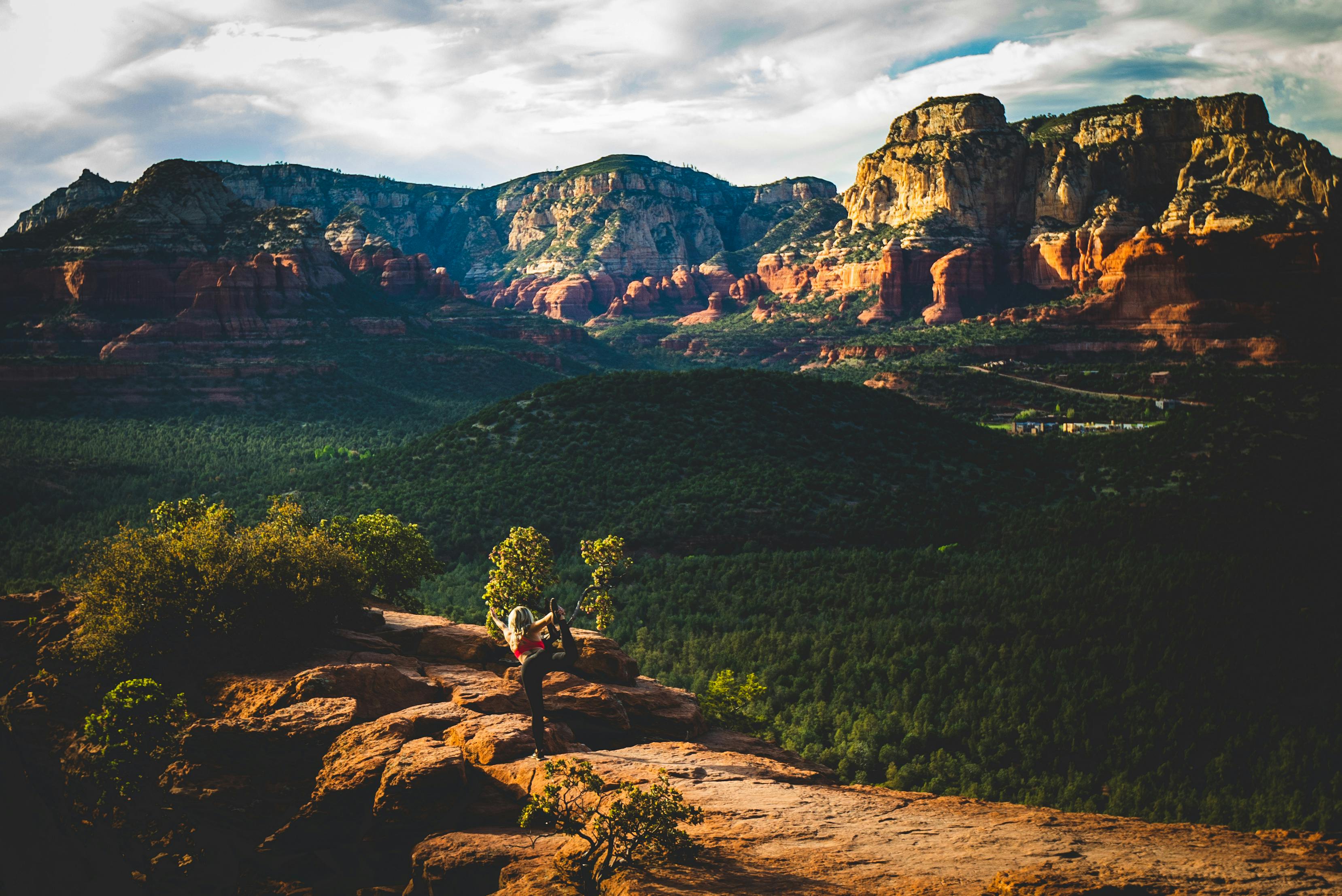Many people have never heard of Bhutan, the country that values Gross National Happiness above Gross National Product! Bhutan is a small landlocked country the size of Switzerland. It is bordered to the north and northwest by Tibet, with India touching its remaining borders and Nepal slightly to the west. Virtually the entire country is mountainous, with a peak of 24,777 feet. From north to south it presents three geographical regions; the high Himalayas of the north, the hills and valleys of the center, and the foothills and plains of the south.
For centuries Bhutan has remained isolated from the rest of the world. Since it opened its doors in 1974, visitors have been mesmerized by the beautiful, pristine country and the hospitable, charming people. The best time to visit is October and November and during the main festivals. The weather is best in the fall, from late September to late November, when skies are clear and high mountain peaks are visible. It is not uncommon for it to rain regardless of the season, but I recommend avoiding the monsoon season, from June to August, when large amounts of rain fall.
Buddhism was probably introduced to Bhutan around the 2nd century, although its introduction is traditionally attributed to Guru Rinpoche’s first visit in the 8th century. Before that, the people followed a shamanic tradition called Bon that still exists today, fused with their Buddhist traditions.
Guru Rinpoche is the most important figure in the history of Bhutan, considered to be the second Buddha. His miraculous powers included the ability to subdue demons and evil spirits, and he preserved his teachings and wisdom by concealing them in the form of terma (hidden treasures) to be found later by enlightened treasure seekers known as tertons. One of the best known of these tertons was Pema Lingpa; the texts and artifacts he found, the religious dances he composed and the art he produced are vital parts of Bhutan’s living heritage.
The largest and most colorful festivals (tsechus) take place in Bhutan’s dzongs and monasteries once a year, in honor of Guru Rinpoche. Tsechus consists of up to five days of spectacular pageantry, masquerade balls, and allegorical religious plays. These festivals play an important role in Buddhist teachings and are also social gatherings. The Bhutanese party and rejoice together, dressed in their best clothes and jewellery, in an infectiously friendly atmosphere where humor and devotion go hand in hand. These festivals provide an ideal opportunity to appreciate the essence of Bhutanese character. Jampa Lhakhang Temple hosts one of the most spectacular festivals in the kingdom, the Jampa Lhakhang Drup!
Because Bhutan has no domestic air service, no helicopters, and doesn’t include an inch of railway, the only way to see the place is on foot or by road. This country is impressive, magnificent, and the photographs do not do it justice. A spiritual journey to Bhutan will change your life. Please consider joining us in Bhutan!
